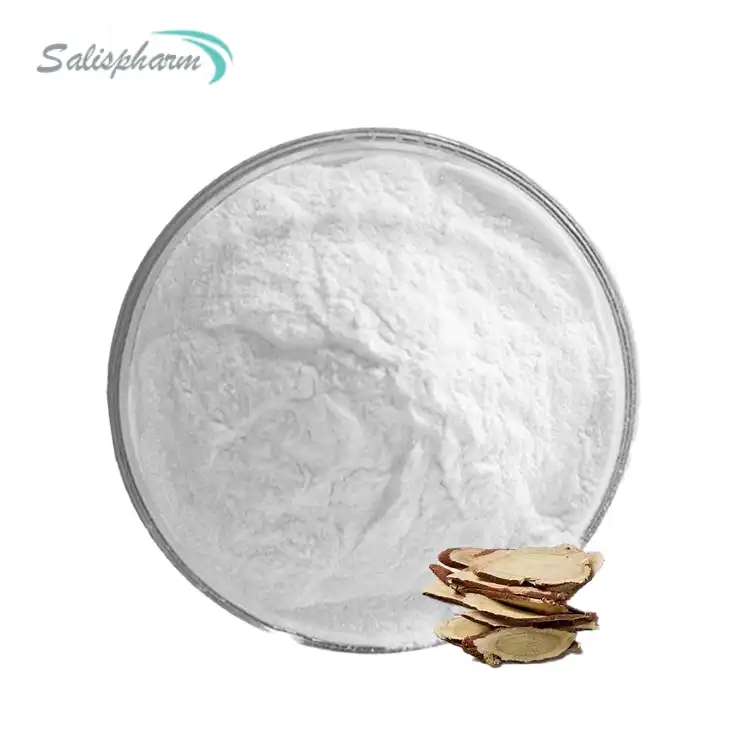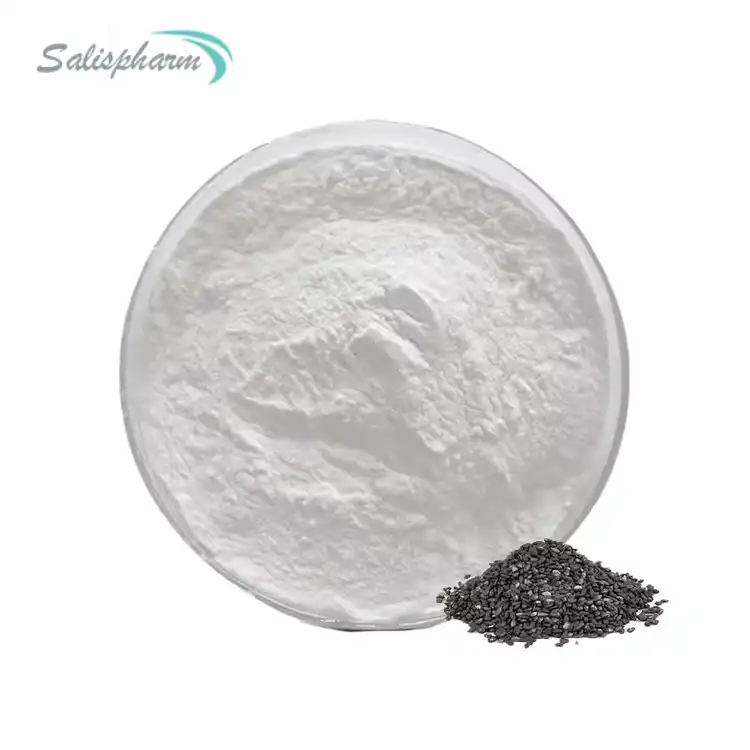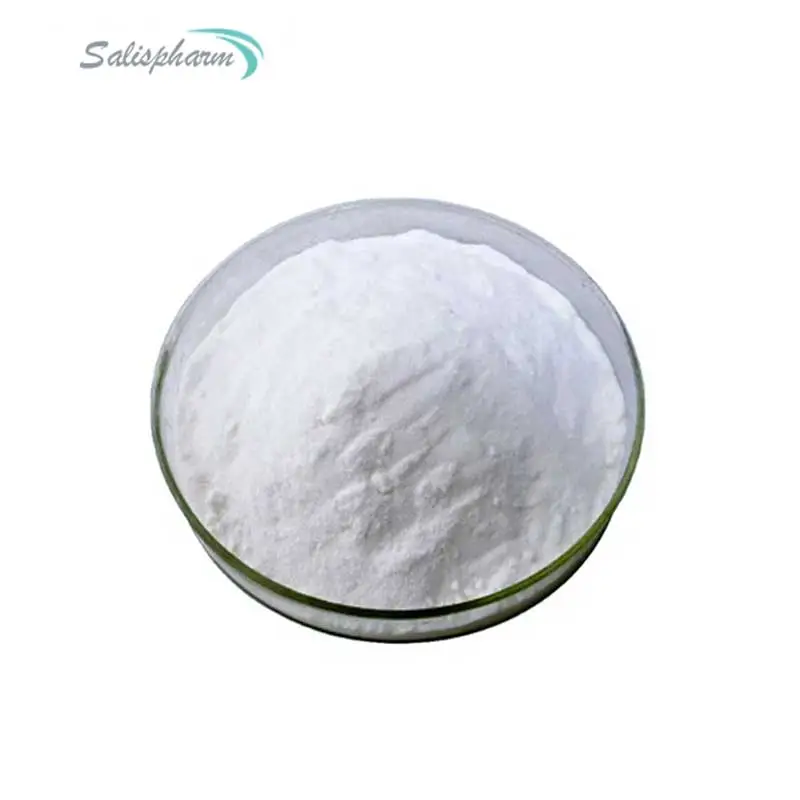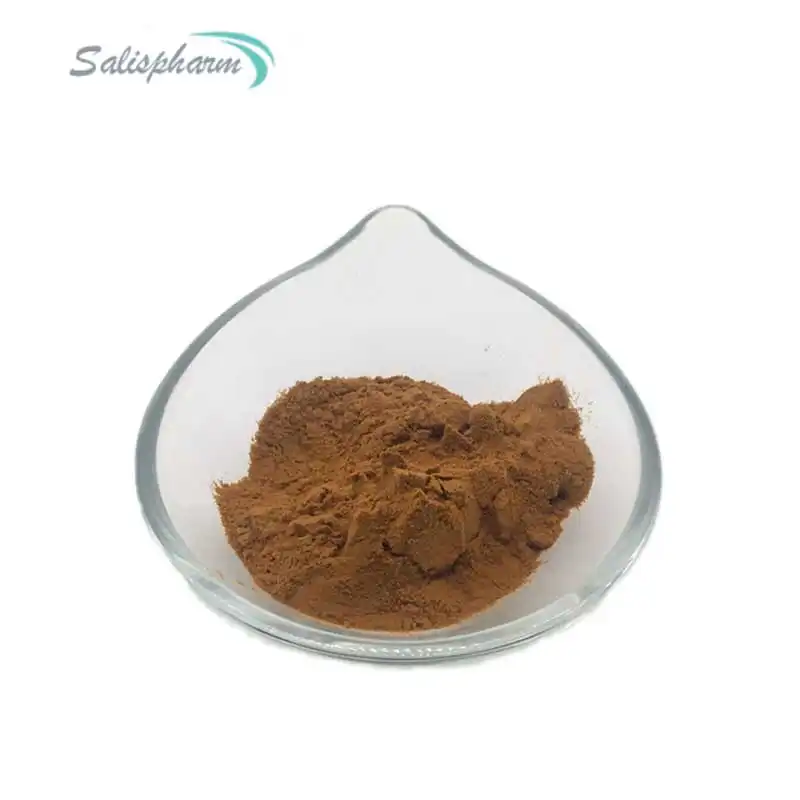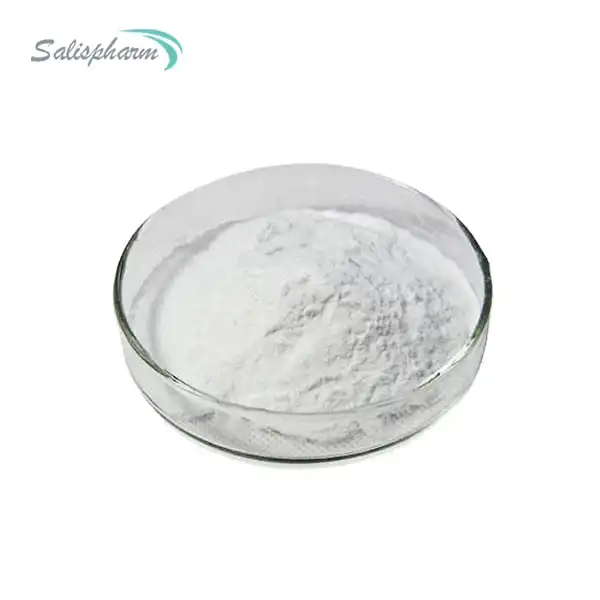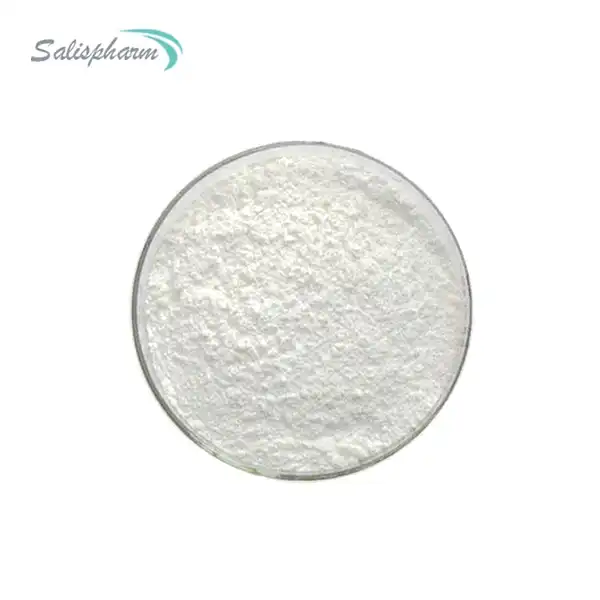Magnesium ethoxide, also known as magnesium diethoxide or magnesium ethylate, is an organometallic compound with the chemical formula Mg(OC2H5)2. It is a versatile reagent widely used in organic synthesis, especially in the preparation of various organic compounds, including alcohols, ethers, and esters. This blog post aims to provide a comprehensive overview of the applications, preparation methods, properties, and safety considerations related to magnesium ethoxide.
What is the role of magnesium ethoxide in organic synthesis?
Magnesium ethoxide plays a crucial role in organic synthesis as a strong base and a nucleophilic reagent. Its primary applications include:
1. Grignard reactions: Magnesium ethoxide is often used as a precursor or activator in the formation of Grignard reagents, which are widely employed in various organic transformations, such as the synthesis of alcohols, aldehydes, ketones, and carboxylic acids.
2. Ester and ether formation: Magnesium ethoxide can facilitate the formation of esters from carboxylic acids and alcohols, as well as the synthesis of ethers from alcohols and alkyl halides or epoxides.
3. Enolate formation: Magnesium ethoxide can deprotonate acidic compounds like ketones and esters, generating enolates, which are key intermediates in numerous organic reactions, such as aldol condensations, Michael additions, and alkylations.
4. Reduction reactions: In the presence of reducing agents like hydrogen, magnesium ethoxide can be used to reduce certain functional groups, such as nitriles to amines and esters to alcohols.
5. Base-catalyzed reactions: Due to its strong basicity, magnesium ethoxide can catalyze various base-promoted reactions, including eliminations, rearrangements, and condensations.
The versatility of magnesium ethoxide stems from its ability to act as a strong base, facilitating deprotonation and nucleophilic addition, as well as its compatibility with a wide range of organic substrates and reaction conditions.
How is magnesium ethoxide prepared, and what are its properties?
Magnesium ethoxide is typically prepared by reacting magnesium metal with anhydrous ethanol in the presence of a catalytic amount of iodine or other activators. The reaction proceeds via a redox process, where magnesium metal is oxidized, and ethanol is reduced to form magnesium ethoxide and hydrogen gas.
Mg(s) + 2 EtOH → Mg(OEt)2 + H2(g)
The preparation of magnesium ethoxide requires strict anhydrous conditions, as the compound is highly moisture-sensitive and can readily hydrolyze in the presence of water. The reaction is usually carried out under an inert atmosphere, such as nitrogen or argon, and the reagents must be rigorously dried before use.
Magnesium ethoxide is a white or pale yellow solid at room temperature and has a polymeric structure. It is soluble in various organic solvents, such as ethers, alcohols, and hydrocarbons, but insoluble in water. The compound is hygroscopic, meaning it readily absorbs moisture from the air, and must be stored and handled under anhydrous conditions.
Properties of magnesium ethoxide include:
- Strong basicity: Magnesium ethoxide is a strong base due to the high electronegativity of the magnesium cation and the presence of the ethoxide anion.
- Nucleophilicity: The ethoxide anion is a good nucleophile, enabling magnesium ethoxide to participate in various nucleophilic addition and substitution reactions.
- Thermal stability: Magnesium ethoxide is relatively stable at moderate temperatures but can decompose at higher temperatures, releasing ethanol and magnesium oxide.
- Moisture sensitivity: Magnesium ethoxide readily hydrolyzes in the presence of water, forming magnesium hydroxide and ethanol.
- Solubility: It is soluble in various organic solvents, such as ethers, alcohols, and hydrocarbons, but insoluble in water.
The combination of basicity, nucleophilicity, and solubility in organic solvents makes magnesium ethoxide a versatile reagent in organic synthesis, enabling a wide range of reactions and transformations.
What are the potential hazards and safety considerations when working with magnesium ethoxide?
While magnesium ethoxide is a valuable reagent in organic synthesis, it poses several potential hazards and requires proper safety precautions to be taken when handling and working with it. Here are some important safety considerations:
1. Moisture sensitivity: Magnesium ethoxide is highly moisture-sensitive and can react violently with water or atmospheric moisture, releasing flammable ethanol and generating heat. It should be stored and handled under anhydrous conditions, such as in an inert atmosphere or using proper desiccation techniques.
2. Flammability: Magnesium ethoxide is a pyrophoric compound, meaning it can spontaneously ignite upon contact with air or moisture. Appropriate fire-fighting measures, such as using dry chemical extinguishers or sand, should be available in case of accidental ignition.
3. Corrosivity: Magnesium ethoxide is a strong base and can cause severe burns and eye damage upon contact with skin or eyes. Proper personal protective equipment (PPE), including gloves, lab coats, and goggles, should be worn when handling the compound.
4. Reactivity with acids: Magnesium ethoxide reacts violently with acids, generating heat and potentially flammable gases. It should be kept away from acidic substances and used with caution in acid-sensitive reactions.
5. Disposal: Magnesium ethoxide and its waste products should be disposed of properly, following established protocols for hazardous waste management. Appropriate neutralization and deactivation procedures may be required before disposal.
6. Inhalation hazards: Magnesium ethoxide can release ethanol vapor, which is flammable and may cause respiratory irritation or other adverse health effects if inhaled. Adequate ventilation and respiratory protection may be necessary when working with the compound.
7. Environmental impact: Magnesium ethoxide and its byproducts may have adverse effects on the environment if not handled and disposed of properly. Appropriate measures should be taken to minimize environmental contamination.
Working with magnesium ethoxide requires strict adherence to safety protocols, proper PPE, and appropriate handling and disposal techniques. It is essential to thoroughly understand the hazards associated with this compound and implement necessary precautions to ensure the safety of personnel and the environment.
If you are also interested in this product and want to know more product details, or want to know about other related products, please feel free to contact sasha_slsbio@aliyun.com.
References:
1. Reutov, O. A., Sokolova, I. I., & Anikina, N. S. (1976). Preparation of magnesium alkoxides. Journal of Organic Chemistry of the USSR, 12(6), 1324-1327.
2. Zakaria, M. B., & Kamarudin, N. H. N. (2016). Magnesium ethoxide as a catalyst in organic synthesis: A review. ChemBioEng Reviews, 3(2), 49-60.
3. Brauer, G. (1963). Handbook of Preparative Inorganic Chemistry, Volume 1. Academic Press, New York.
4. Labadie, J. W. (1993). Magnesium ethoxide: A versatile reagent for organic synthesis. Organic Reactions, 48, 1-98.
5. McQuillin, F. J., & Pritchard, H. O. (1966). The Grignard reagent. Part III. The preparation of magnesium ethoxide. Journal of the Chemical Society C: Organic, 1566-1569.
6. Wardell, J. L. (1982). Comprehensive Organometallic Chemistry: The Synthesis, Reactions and Structures of Organometallic Compounds. Pergamon Press, Oxford.
7. Loudon, G. M. (2002). Organic Chemistry, 4th Edition. Oxford University Press, New York.
8. Carey, F. A., & Sundberg, R. J. (2007). Advanced Organic Chemistry, Part A: Structure and Mechanisms, 5th Edition. Springer Science+Business Media, LLC, New York.
9. Hazardous Substances Data Bank (HSDB). (2022). Magnesium Ethoxide. National Library of Medicine, Bethesda, MD.

